- Home
- Make Your Home Energy Efficient
Making Your House Energy Efficient
Making your house energy efficient; sounds pretty straight forward. But if you've been researching for a while I'm guessing it's probably got quite complicated, quite quickly?
Why can't someone just say do this and do that? It would be really helpful, I get it, and that's what I've tried to do on this site.
But, and there's always a but, right!
The more you get into anything, the more complicated it gets, so I've tried to cover as many of the basics as I can on this page and I've inserted links to other pages that explain each topic in a bit more detail.
So don't give up now, keep reading, I promise you can do it, turning your home into the most energy efficient house on your street is within reach.

Making your house energy efficient involves changes to two aspects:
- the fabric of your home, which I would suggest is the most important and will yield the biggest savings.
- reducing your usage of the consumables you use ie. gas, oil, electric etc.
So how can we improve these things?
The Fabric of Your Home:
I normally suggest, when tackling the fabric of your home, the two best ways are to insulate and draught proof (while maintaining ventilation).
Sounds simple right? And it is to an extent…
…Provided you’re aware of how your property is constructed and what materials you should avoid if you don’t want to damage it. If you read my site regularly you’ll know that there is a big difference between making an old home energy efficient and making a newer home energy efficient.
But what is an older home?
Personally, I’d suggest an older home is one that wouldn’t have contained any (or very little) insulation in the loft, walls or floor when it was built. And it might surprise you that we don’t actually have to go back very far to get to that period.
Prior to the mid 1980’s, in the UK, there was only a requirement for small amounts of loft insulation and no requirement for cavity insulation. Floor insulation wasn’t introduced until the 1990’s
You can then split these pre 1990’s home into several structural categories:
- cavity walled homes
- timber frame homes
- solid brick homes
- solid stone homes
When making your house energy efficient, each of the above construction types have their own unique characteristics and will need to be treated slightly differently.
Making your house energy efficient - Structure
Wall Structure:
- Solid stone and solid brick walls - need to breathe (brick walls less so), so any insulation material, render, plaster or vapour control layers that you add will need to be breathable. So you should not use materials that are not gas permeable. If you do, you run the risk of trapping moisture within the wall structure as the water vapour moves through the wall structure. (Water vapour moves out of the home in the winter and into it in the summer).
- Cavity walls - typically made of brick and/or block, these do not breathe to the same extent as a stone wall. But they do still need to be treated with caution and the type of insulation you add to them can have a big effect on your home, both positively and unfortunately negatively if you use the wrong insulation materials in the wrong environment.
- Timber frame - this construction type needs to be treated very carefully if you are making your house energy efficient and want to upgrade or install wall insulation. The reason being the wall is partially timber and if you get it wrong, there is a risk of that timber frame beginning to rot.
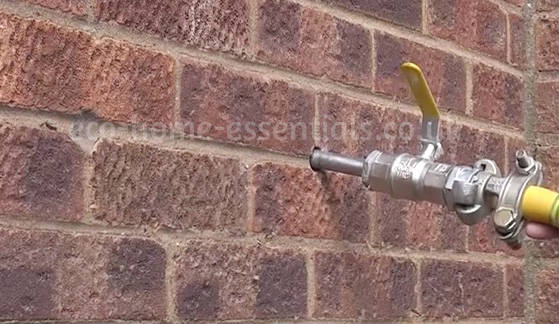 Cavity Wall Insulation
Cavity Wall InsulationLofts:
These can be treated in the same way regardless of age. However you do still need to make consideration for allowing the roof structure to breathe so that you don’t trap moisture against roof timbers.
There are two main types of loft insulation:
Floors:
There are two main types:
- Solid floors - these can be insulated but it will involve substantial work and cost as the floor needs to be removed and replaced.
- Suspended timber floors - these are easier and as with the roof you need to be aware to maintaining breathability to reduce the risk to floor timbers, while still being able to stop draughts drawing heat out of your home.
Making your house energy efficient - draughts and Ventilation:
If you install insulation in the way I suggest on this site, you’ll dramatically reduce your draughts and then any remaining draughts can be dealt with one at a time. The main areas you’ll need to review after installing your insulation will be around windows and doors, letterboxes and where services go through the main walls, floors and loft areas.
Making your house energy efficient - Consumables:
Heating:
Improving the insulation and airtightness of your home will make it more energy efficient and that in turn will reduce the heat demand from your boiler. So even if you don’t upgrade your boiler you will make it cheaper to run.
That said there are even more mays to improve the efficiency of your heating system.
- Install smart thermostatic radiator valves (TRVs) - if you have a fairly basic heating installation, without room thermostats or you don’t have a zoned system where you can control upstairs and downstairs separately (of even if you do have a zoned system with thermostats).
You can install smart TRVs on your radiators to allow you to create a smart heating system that can controlled individual rooms by date, time and temperature automatically > this can reduce your heating bills further, by 10-15% or more (depending on the level of installation) without having to re-plumb your existing system as they can simply be served on in place of your old TRVs. - Reduce the flow temperature of your boiler -
this is the temperature that your boiler
heats your radiators to. According to a Nesta report, if you have a condensing
combi boiler you could potentially save around 9% of your gas bills reduce your
should be able to change this yourself.
- Upgrade your boiler - if your boiler is over 10-15 years old it’s probably not that efficient and you could gain efficiency by installing a modern condensing boiler. However, I would never suggest removing a perfectly functional boiler until you need to, as it can be expensive
Domestic Hot Water:
If you have a combination or combi boiler then your boiler will produce hot water on demand and there isn’t a whole lot you can do to improve it, other than trying to reduce the amount of hot water you use.
If however you have a hot water cylinder there are a few things you’ll be able to do to improve things:
- Make sure the cylinder is well insulated.
- Spend less time in the shower, you’ll use less water and therefore your boiler won’t have to work as hard to replace it.
- Have a cylinder thermostat fitted (if you don’t already have one), this will send a signal to the boiler to stop heating the water as soon as the required temperature is reached. So if you have your programmer set to heat the hot water for two hours, but it gets up to temperature after half an hour the cylinder thermostat will override the programmer and turn the boiler off.
- Fit a waste water heat recovery system - If you’re undergoing a bathroom upgrade at the same time you could install a waste water heat recovery system that would recover some of the heat from the shower water after it’s gone down the plughole and add some of that heat to the cold water going to the hot water cylinder.
- Reduce the usage of your immersion heater (if you have one) - Try not to use your immersion heater , if you have one, as they are expensive to run. If you are going to use it install a timer switch so that it turns itself off after a set time. That way you don’t have to worry about forgetting to turn it off.
- Install solar thermal panels - these solar panels produce hot water. They will be very effective in the summer but less so in the winter. Personally I’d probably install photovoltaic panels (produce electricity) and a system to divert the unused electricity to the immersion to produce hot water. Again, they won’t produce much in the winter.
Electricity:
Other than using LED light bulbs and buying high efficiency appliances (when your old ones need to be replaced) there isn’t much to be done other than being sensible and trying to reduce your usage and not leaving lights on.
You could potentially look at a dual rate tariff where using electricity at night is cheaper and then set timers on your appliances such as the dishwasher, tumble dryer and washing machine so that they come on during the night at the cheaper rate.
Summary
As you can see making your house energy efficient isn’t that complicated. The most important things you can do is improve the insulation and the airtightness as these will reduce the demand on your existing boiler, then tackle the consumables.
Spend a bit of time planning what you’re going to do, make sure you understand what materials you’re going to use and which ones could potentially damage your home (that one thing could save you thousands of pounds).
If you’r feeling a little overwhelmed, don’t worry, you could always buy my “Old House to Efficient House” system which walks you through the entire process.
Or book a video consultation with me to run through it face to face.
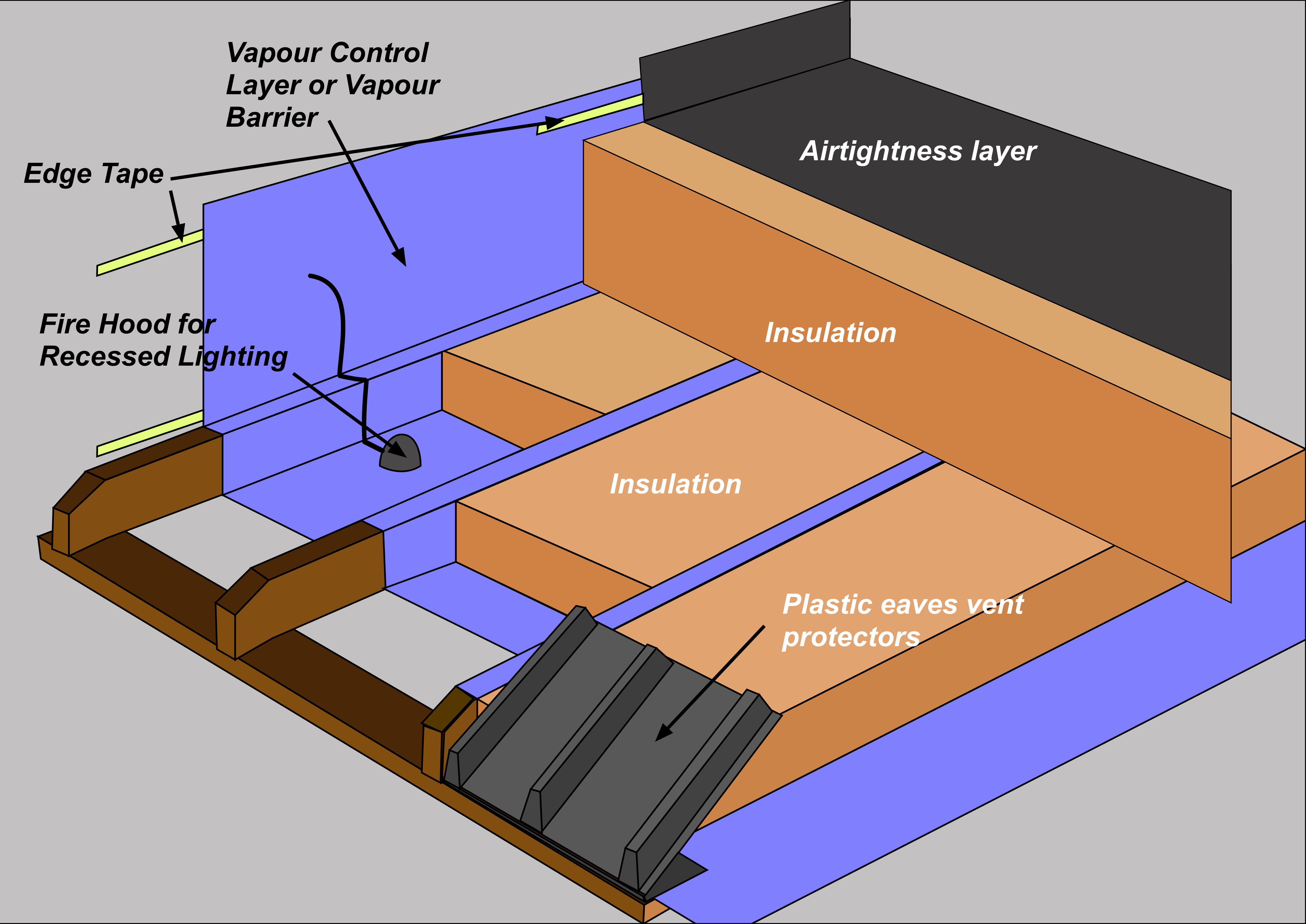
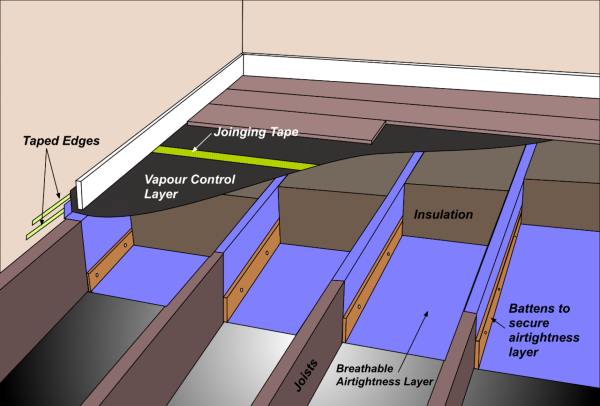
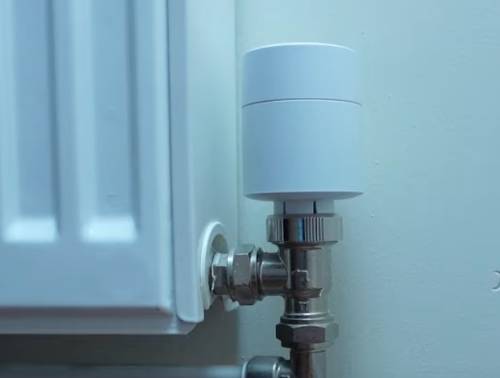
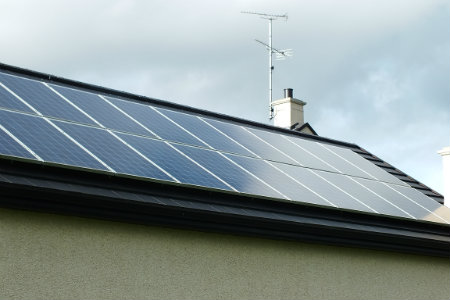
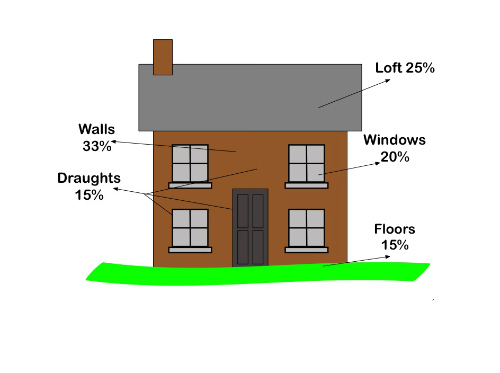
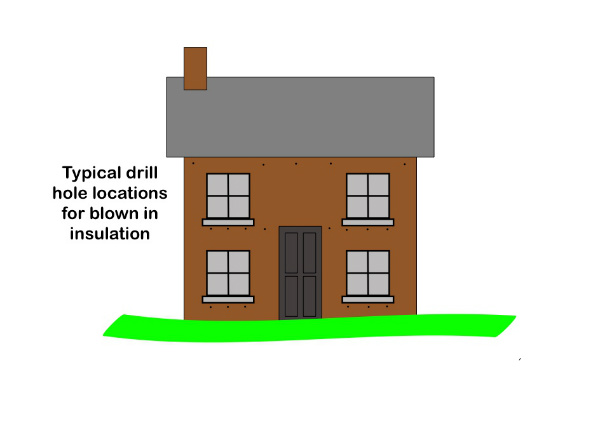
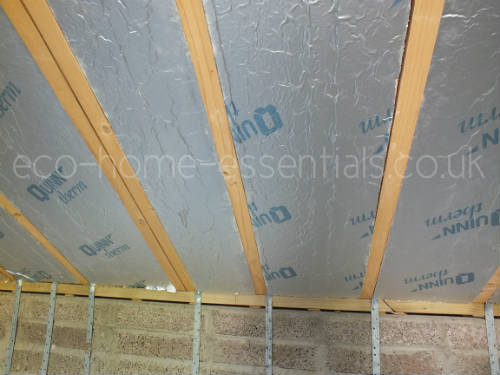







New! Comments
Have your say about what you just read! Leave me a comment in the box below.